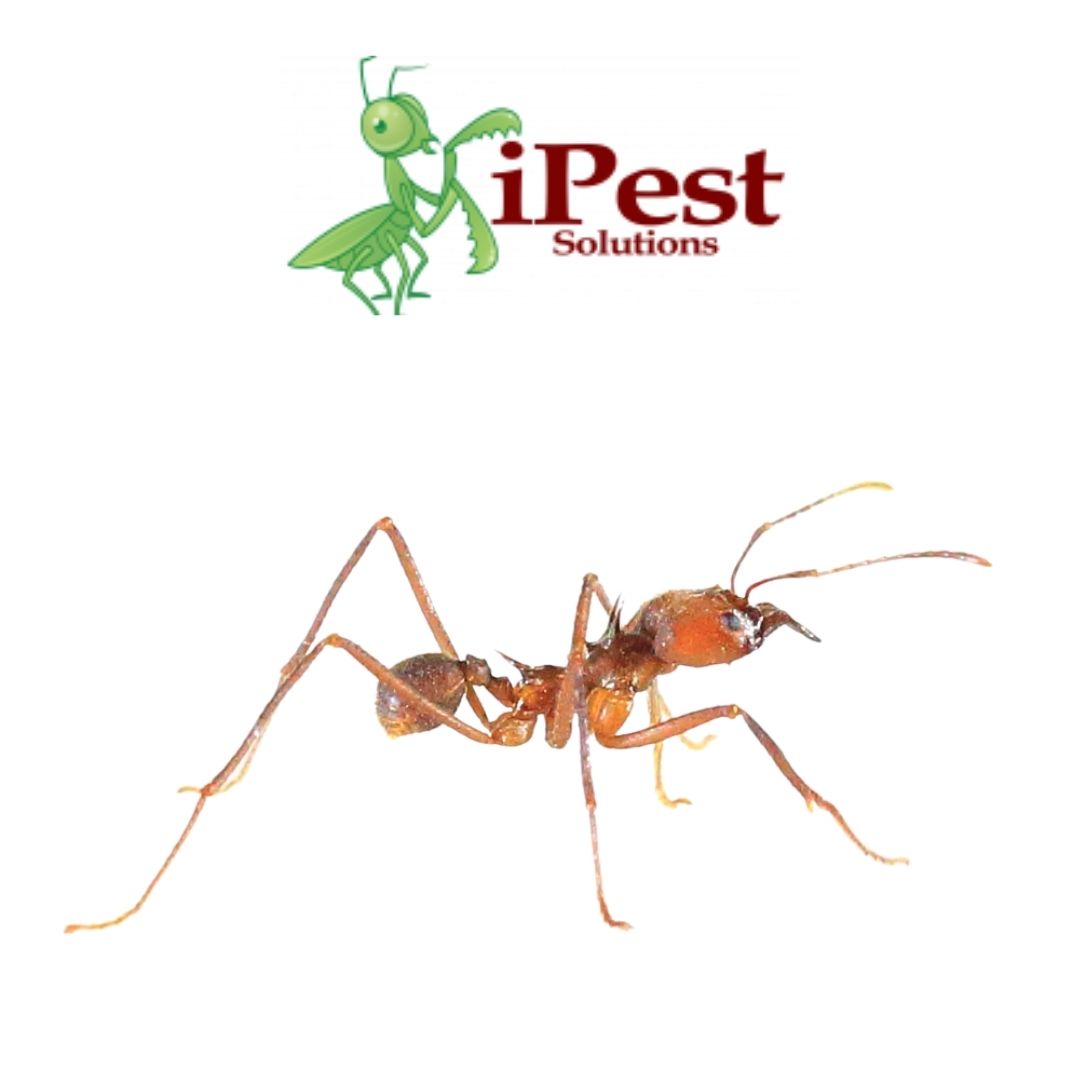Termites and ants are similar in a lot of ways. They share similar colony and caste structures, they both can be considered pests, and they reproduce in similar ways. However, there are major differences between the two species, and from an evolutionary perspective, termites are closer to cockroaches than they are to ants. So let’s take a look at these differences and how these differences affect the control methods used to get rid of infestations.
Termites
The main difference between ants and termites is their diet. Termites sustain themselves by consuming cellulose which is found in wood and other plant materials, while ants have a more varied diet that consists of protein, fats and sugars. Several termite species will also build their colonies inside of wood.
Ants
Not only do ants have a more varied diet, they are also a natural predator that eats termites. That’s right, many termite colonies will be destroyed by ants – it’s one of the main reasons that termites have a soldier caste that is tasked with defending the colony. The one ant species that comes close to termites is the carpenter ant, which builds its colony inside of wood, but this species does not consume the wood. Instead they have to forage outside of the colony to look for the main staples of the ant diet.
Differences in control
Despite major differences between these two species, there are many similarities when it comes to control. Drywood and dampwood termites are controlled with insecticides that are applied directly to the colony, and the same is true for ant species that have their mounds out in the open. For ant nests that are hard to reach, baits will be used, which coincidentally are also used when dealing with subterranean termites. However, large drywood and dampwood termite infestations need to be fumigated, and in order to deal with a subterranean termite infestation quickly a chemical barrier has to be used. There are no equivalent methods when it comes to ants. All in all, termites do tend to be harder and more expensive to remove, so they can be considered the more unwelcome pest in the home. If you would like to know more about these two species, or if you suspect that either one of them has infested your home, contact us today.







